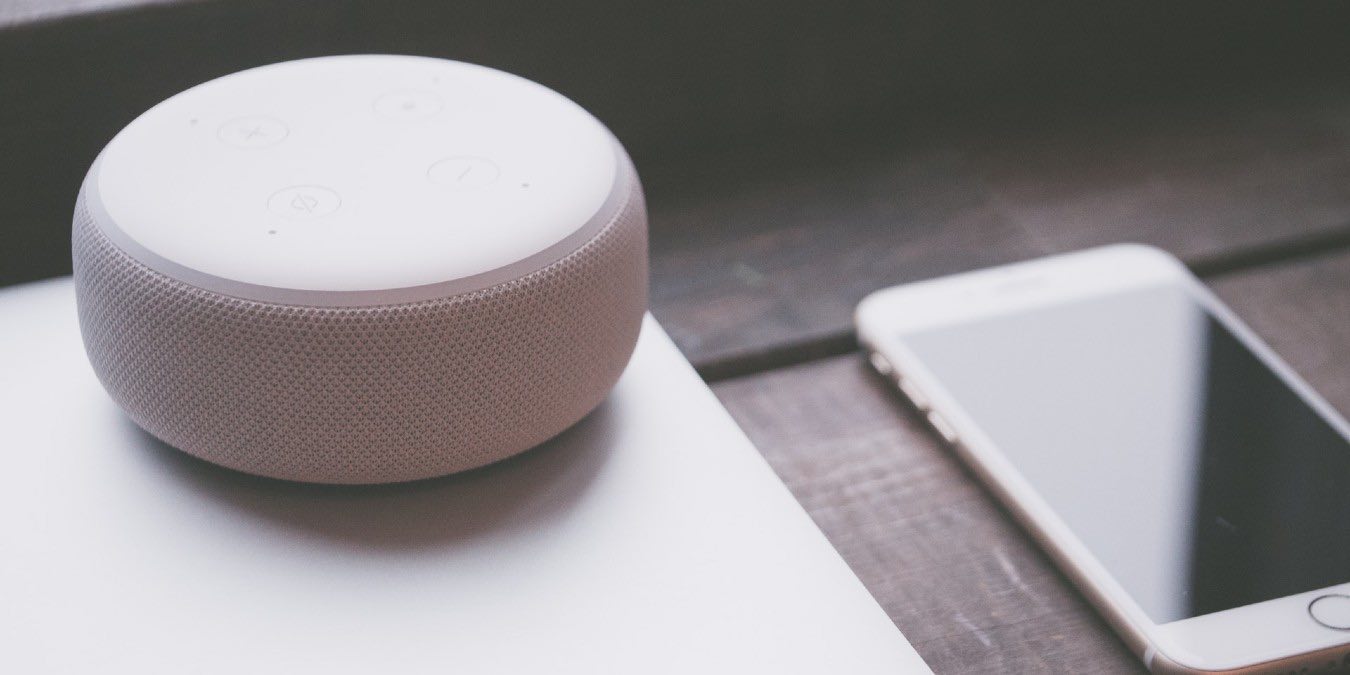
Ten years ago, the idea of video doorbells or smart thermostats sounds like nothing more than Hollywood magic. Now, the advancement of IoT (Internet of Things) has given way to an increasingly connected world that is going to exponentially increase over the coming years. Understanding this technology is fundamental to knowing the future of our physical and digital worlds.
So what does it take to get started in the IoT world?
Consumers
The answer to this question for consumers is dramatically different than it is for developers. The consumer’s path to get started in the world of IoT is as simple as picking up any item that can be defined as connected. This is especially true when you consider IoT is partially defined as a physical object that is connected to the Internet and controlled via a wireless or wired signal.
With that in mind, what are some good examples for consumers looking to get started in the IoT world?
- Any smart door look. Locking/unlocking your door from anywhere in the world is incredible.
- A smart refrigerator might sound crazy, but it can be very useful. Receiving notifications when you’re low on milk or eggs is going to save many dinners.
- A smart coffee machine that knows to start coffee every morning for you at 8 AM feels like the future.
There’s so much potential for IoT in the consumer world, there’s no stopping it. It will impact the lives of billions and set a new global standard for connected devices. Getting started with IoT for the average consumer is as easy as picking up one of the items mentioned above, or a smart doorbell (like a Ring) or a smart thermostat that lets you raise and lower temperatures any time from anywhere in the world.
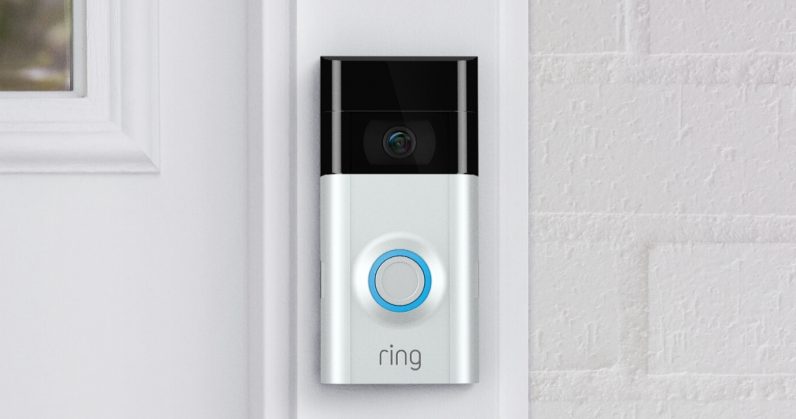
Developers
Whereas consumers have a clearly defined path to getting started in IoT, the path is a little fuzzier for developers. From online courses to a four-year education, there are multiple paths to getting started. What if you want to get started with no formal training?
1. Hardware
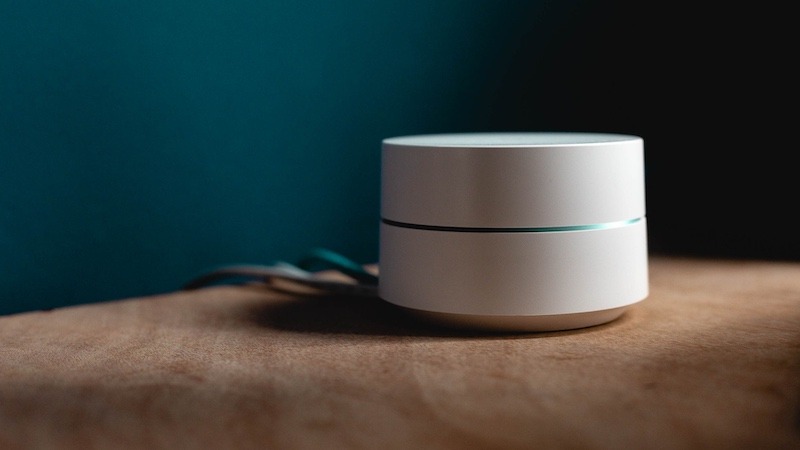
Looking to make the move into the IoT developer world could very well start with understanding hardware. Start with asking yourself how does the product you want to work on interact with consumers (or businesses) and how do they interact with it? The answers to these questions will help you determine how essential the hardware is to your particular project.
2. Connectivity
There is no greater aspect to the IoT world than connectivity. Developers need to understand how devices communicate with one another, the cloud and other applications. Few skills will come in more handy that than at the minimum a basic understanding of network design. Knowing things like Wi-Fi, Bluetooth, Zigbee and RFID are among the most important. When you’re looking to get started, companies like IBM provide great starter courses to help introduce you to IoT development.
3. Design
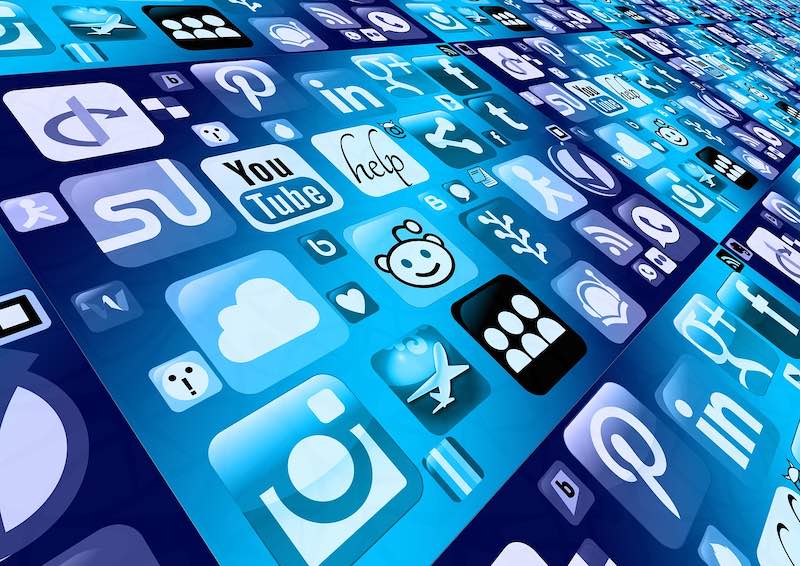
If you’re developing an Internet-connected smart doorbell, it’s going to require an app that consumers can use to interact with it. Consumers will demand an app that’s easy to use and well designed. Therefore, having a basic understanding of user interface and user experience is going to come in handy. There are hundreds of available courses online to help gain knowledge in this area, like this one from udemy.com.
4. Security
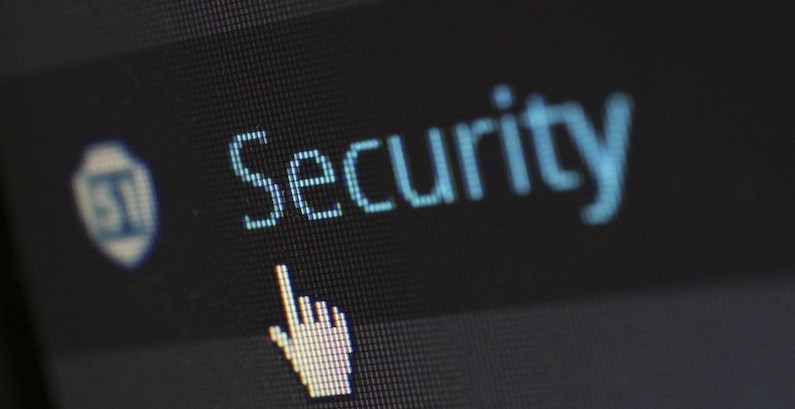
Of all the areas to focus on with IoT technology, security is likely the most critical. Smart home products are often gathering “personal information” on their uses, and consumers would very much like to protect any sensitive info. Knowing how to keep this data safe will go a long way to gaining the trust of consumers. Everything from privacy, liability and ethics are all critical pieces of the pie to IoT development. This recent report from CPO Magazine outlines the very reasons why consumers should be wary of IoT technologies. As a developer, it’s your job to help change this perception.
5. Gathering Data
It will come as no surprise that data gathering is a huge part of IoT technology. Knowing how to collect this data and interpret what it means will be an incredibly helpful facet of IoT development. Furthermore, this process will have close ties to the security side of developing for IoT. You’ll want to know exactly how you can safely receive, process and store the data for future use. Developing a system to do just that is going to help determine your level of success. Check out this course for edx on IoT Programming and Big Data to learn more.
6. The Rise of AI
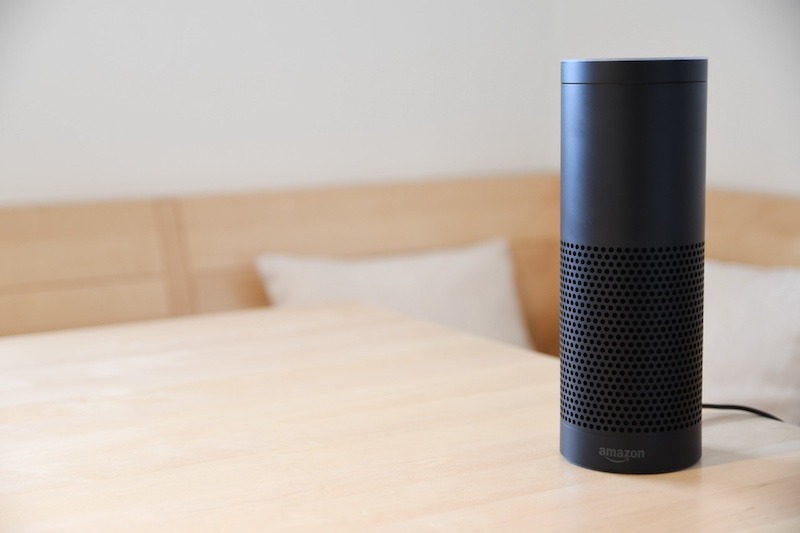
Given the rise of AI in nearly all facets of modern technology, it’s no surprise how integral it will be to IoT. Platforms like Amazon Alexa are prime examples of what AI can do. The more you use the system, ask it commands or use it to schedule your day, the more it learns to predict your next request. That’s not the case with all IoT products, but AI is a skill to have and one you should focus on after you’ve touched on the rest of this beginner list.
Conclusion
For consumers and developers alike, IoT is the future. With each passing year, IoT will continue to grow and integrate into our daily lives. That’s good news for anyone looking for the next best smartphone product or looking to build one. Why wait any longer to take control of your future?







